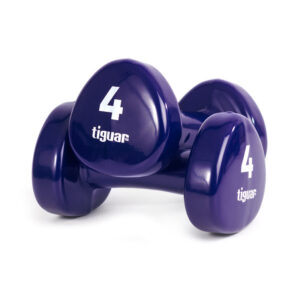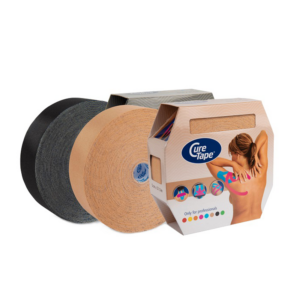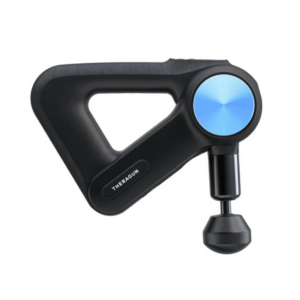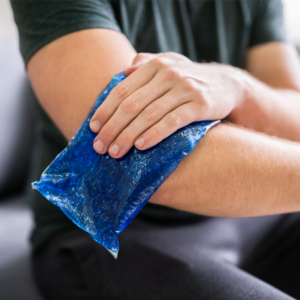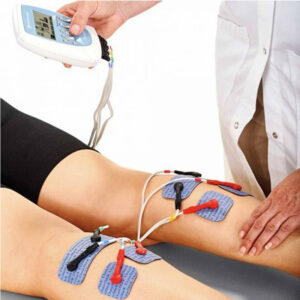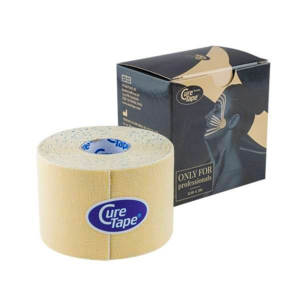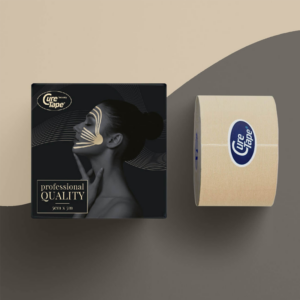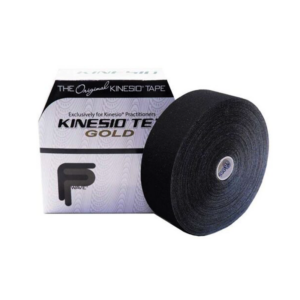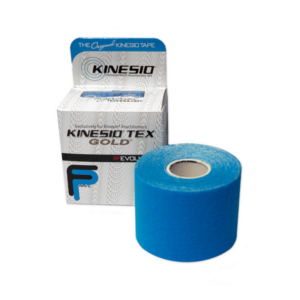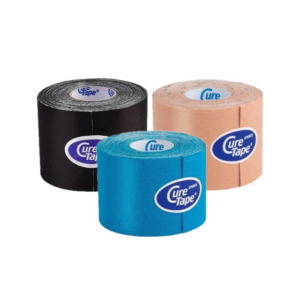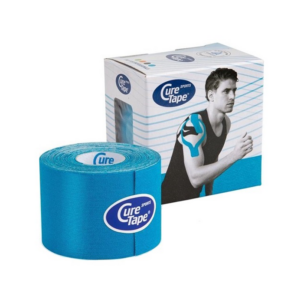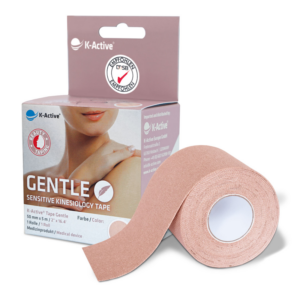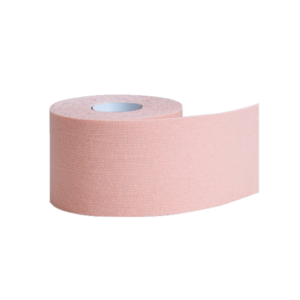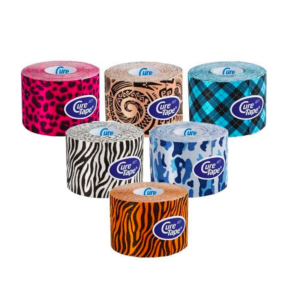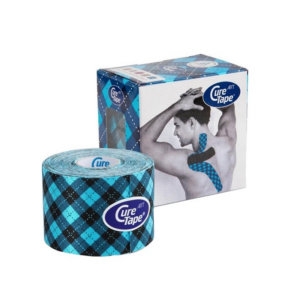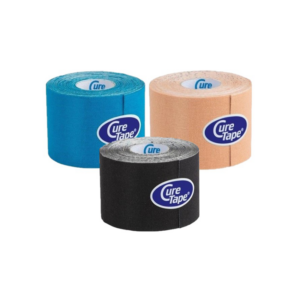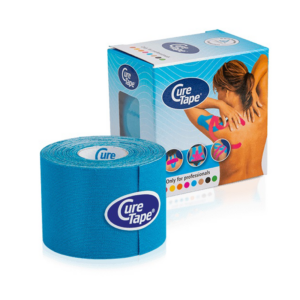Uncategorized
Kinesiological theories – what are they?
How did the kinesiological teip come about?
Kinesiological theories appeared in the 70s. in the early years, when they were first developed by Japanese manual therapist Dr. Kenzo Kase in search of an alternative method of sports tattooing. He found that traditional sports teipping methods provided the necessary joint and muscle support, however, these methods at the same time reduced freedom of movement, or joint mobility, which often worsened athletic performance. An effective alternative was needed. This is how the first kinesiological teip was born, the purpose of which was to give support to muscles and joints without restricting freedom of movement. With the creation of the kinesiological teip, Dr. Kenzo Kase also hoped to introduce a teipping technique for the lymphatic system. The kinesiological method of theorizing saw its fame in 1988. at the Seoul Olympics and since then the popularity of this method has only grown. More and more often and more athletes began to use kinesiological theorizing, however, this fame came gradually. A big breakthrough in kinesiological theorizing was in 2008. The annual Beijing Olympics, when American beach volleyball star Kerri Walsh Jennings caught the attention of the whole world as she walked onto the field, wearing a teip on her right shoulder – black and pink.
Walsh Jennings was recovering from rotator cuff surgery at the time, and the kinesiological teip was visible on her shoulder throughout the race until she won the gold medal. Its kinesiological theorizing gained the most prominence by that time.
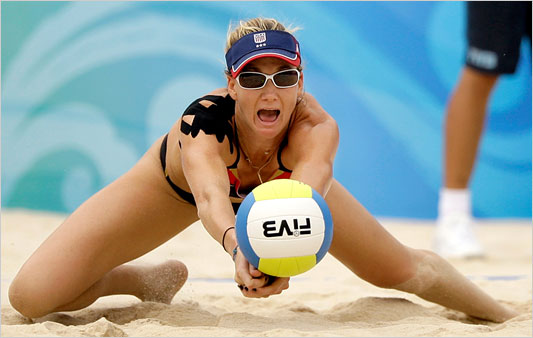
Source: The New York Times.
It is not known to what extent it was the teip himself who helped Walsh Jennings, because even without a teipping beach volleyball player with her teammate Misty May Theonor were considered one of the main favorites. This is also proved by the gold medals at the 2004, 2008 and 2012 Summer Olympics. However, this caused a huge stir and interest in kinesiological teips.
Since then, the American athlete became the advertising face of the brand KT Tape.
A similar story happened a couple of years later with the vacum banks, when 2016. At the Summer Olympics in Rio de Janeiro, the famous American swimmer Michael Phelps was seen with dark purple rhinos on his back and right shoulder. These rings were from vacum banking therapy. Michael Phelps won 5 gold medals at the Rio Olympics and attracted the attention of the whole world to vakum banking therapy. Both of these stories, both about kinesiological theories and about vacum banks, can draw parallels and create discussions about whether these therapies really helped athletes win award-winning places. One thing is certain – an even better advertisement for the product cannot be imagined.
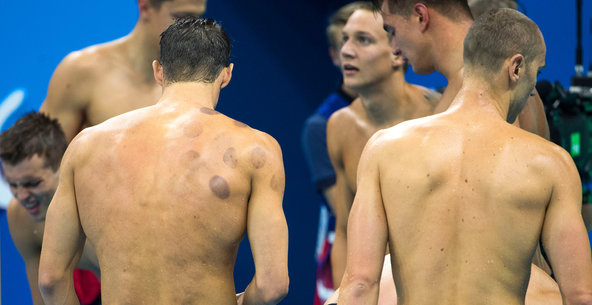
As he won the gold medal, swimmer Michael Phelps’ shoulders and back were adorned with dark purple circles from the banks of the wack.
Source: The New York Times.
What is a kinesiological teip?
In earlier times, gypsum or similar tight bandages were used for injuries to muscles and joints. Then arose the inflexible sports teip, through which the necessary support can be provided to injured structures without too much restriction on mobility. Sports teips are still used and are an integral part of sports and physiotherapy. So what’s the difference between kinesiological teip?
The kinesiological teip in terms of strength, weight and elasticity is modeled on human skin. This second “positive skin” stimulates sensory information. According to the theory of kinesiological theorizing, this method helps the body to improve muscle strength, lymph flow, blood circulation and other processes. Thanks to the properties of the material and the correct application technique, the teip can hardly be felt at everyday activities. All daily activities, such as work, sports and recreation, can be carried out almost without any restrictions using kinesiological teip. Thanks to the water-repellent material of kinesiological teips, showering, bathing, bathing or visiting the sauna is also possible without problems.
A typical kinesiological teip fits this description:
- Produced from 100% cotton material and does not contain latex.
- Elasticity up to 30-40%.
- The putty is applied to paper with 10% stretch.
- Medical, heat-sensitive acrylic glue – which can be activated by a rubbing effect.
- Allows the skin to breathe.
- Thickness and weight approximately correspond to the thickness and weight of the skin.
- Lightweight and comfortable.
- Allows you to perform a full range of motion and does not restrict movements, as is the case with sports tattooing.
- It is usually available for purchase in a 5cm x 5m roll, but sizes tend to vary. Pre-cut teip sheets are also available, as well as large rolls.
For what problems is kinesiological theorizing used?
The purpose of kinesiological tattooing is to promote recovery from sports injuries by providing support at functional movements, rather than limiting the mobility of body parts, as is the case with sports tattooing. Nowadays, kinesiological theorizing is used for a wide range of treatments, such as pain relief, removal of swelling, for muscle and ligament support, sports injuries, etc.
Kinesiological teip, or kinezio teips for short, is used as part of the therapeutic method. It is used by wide-profile rehabilitation specialists in such industries as pediatrics, orthopedics, neurology, physiotherapy, rehabilitation. Kinesiological theorizing is also popular with athletes.
According to the theory – kinesiological teip works by lifting the epidermis of the skin, allowing blood to flow more easily to the injured area, improving blood circulation and reducing inflammation and pain, providing support to muscles, ligaments, joints and fascia. However, scientific studies have not shown any significant benefits from kinesiological theorizing. But many other coservative treatments are in the same situation.
In sports where every athlete is looking for additional ways to recover faster, improve their performance or extend their careers, kinesiological stretching is a great option. This is a conservative treatment – not in the form of pills or injections. And even if the physiological effect of teiping is limited, it certainly gives an additional psychological stimulus and it can become decisive. The popularity of kinesiological teasing continues to grow, and many who use it in everyday activities, such as running, argue that teipping really helps. Even factors such as kinesiological teip color, material, and application can affect its perceived effectiveness.
Kinesiological teip can be used for a wide variety of methods of therapy. For example, in 2022. at the annual Beijing Winter Olympics, the world saw a new way of using kinesiological teip. It was the application of a putty on the face to protect the skin from cold and wind. Skiers and a few other athletes had found a new way to protect their facial skin from the harsh weather—by putting a kinesiological teip across their noses and cheeks.
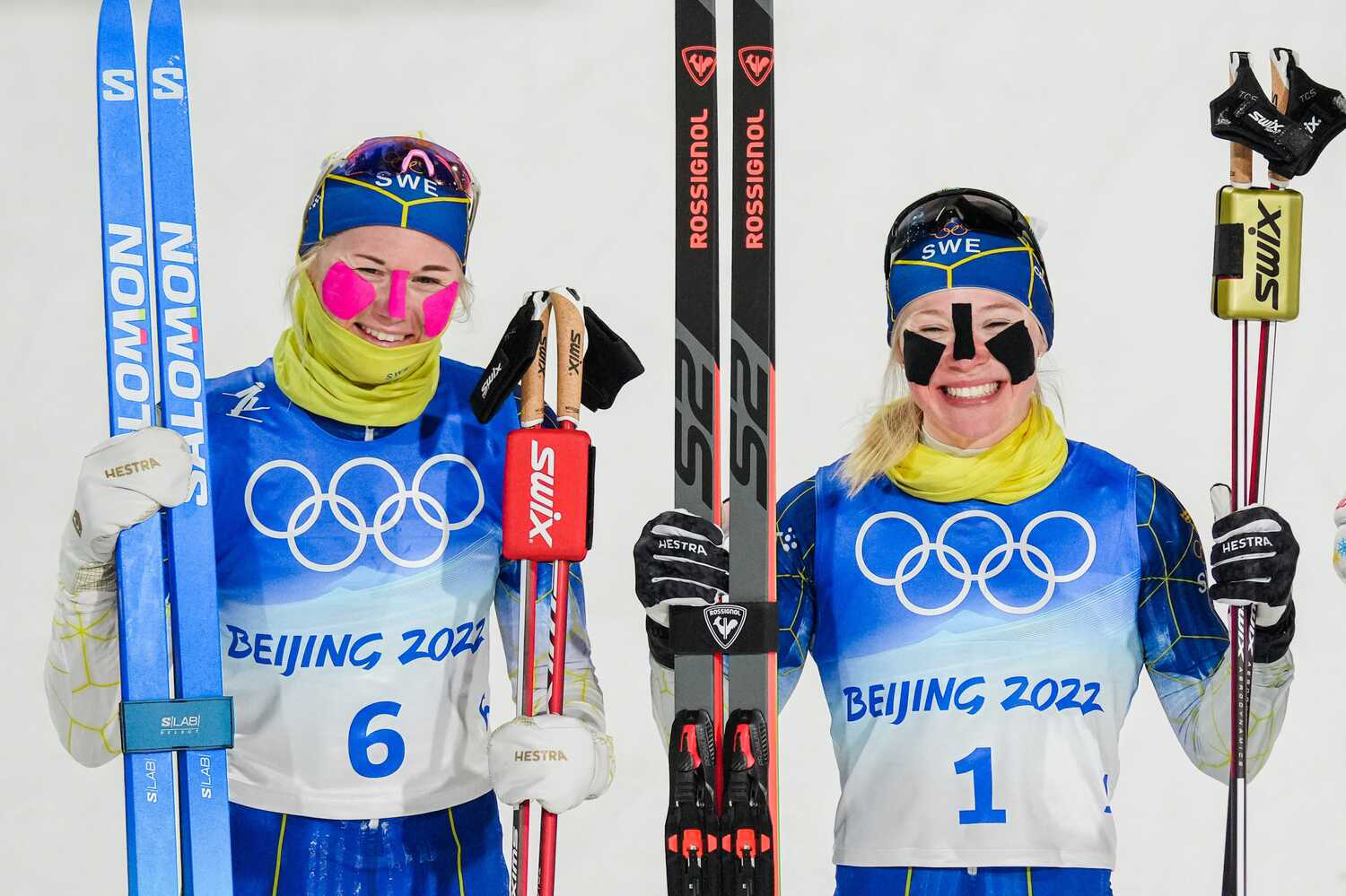
Gold medallist Swede John Sandling (right) and silver medallist Swede Maja Dalkvista left. Both with a teip on their faces after winning medals in 2022. at the annual Beijing Olympics.
Source: NBC New York.
How to choose the right kinesiological teip?
If the result is important to you, then it is important to use a high-quality kinesiological teip. Lower-quality teips often use less high-quality adhesives, which causes the putty to quickly separate from the skin. To eliminate skin irritation, it is worth investing in a quality product with hypoallergenic glue. Even if there is very sensitive skin, teips are available for a particularly sensitive skin type, such as Tape Gentle.
Each person’s skin is as diverse as each person’s requirements: athletes who sweat a lot and move dynamically, people with sensitive skin, elderly patients or young children, patients after surgery – everyone has different requirements. Therefore, the right putty must also be chosen individually according to your requirements. Fiziopreces.lv we offer to buy kinesiological teips of 3 brands: K-Active, Kinesio Tex and Curetape. Each brand also offers different variants of kinesiological teips, for example, teip for athletes with higher adhesive efficiency, the usual classic teip, as well as teip for sensitive skin type.
In this video you can see how the kinesiological teips of the K-Active brand differ in the characteristics of adhesives. The video shows K-Active Elite (left), K-Active Gentle (middle), and K-Active Classic (right).
The color of the kinesiological teip also plays a role – the difference is often not found in the teip itself, but in our subconscious. Based on color therapy or chromotherapy – the colors seen in the environment can have healing properties and the color gamut of the environment can affect a person’s emotional state. Each color has a certain frequency, which our brain assigns to the color code. Depending on the frequency, each color has a specific effect and causes different emotions in us. These properties of the colors in question can also be attributed to the colors of kinesiological teips. For example, red color activates the activity of the circulatory and nervous system. Red teip is often used when there is a need to “activate” the muscle. On the other hand, blue (or cold color) better helps to remove pain or inflammation. For example, yellow is considered the most pleasant color for a person, it creates a feeling of happiness and well-being.

